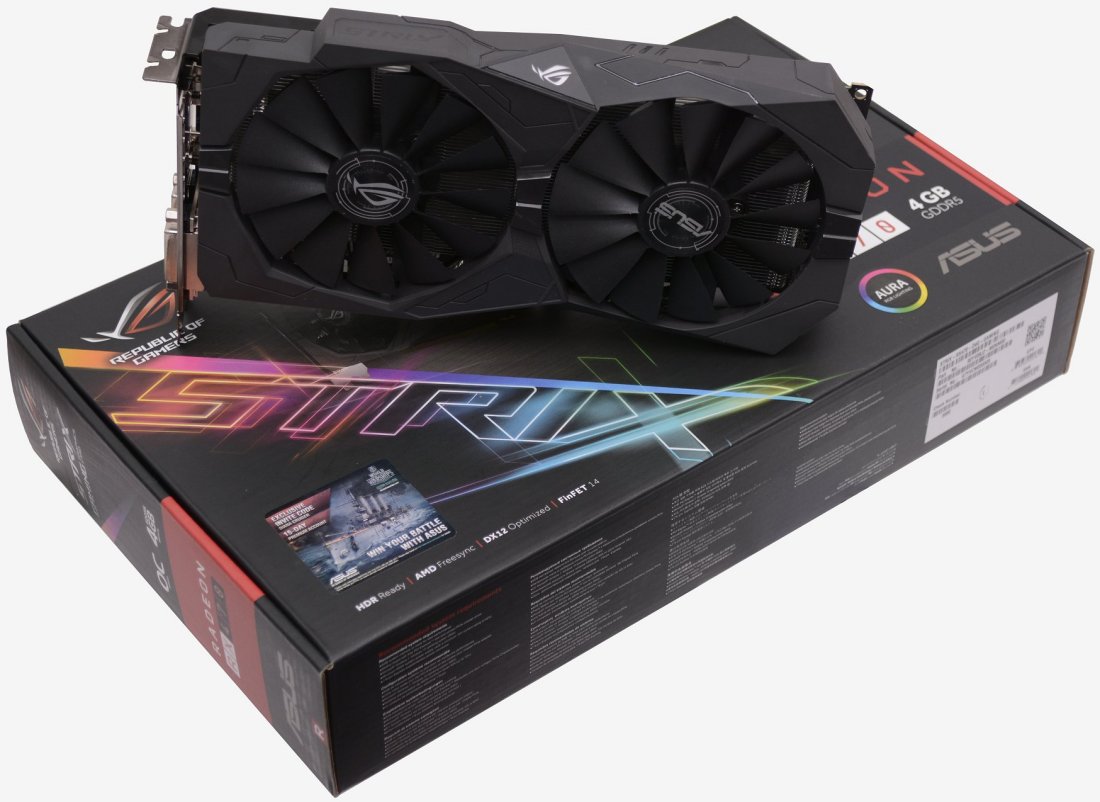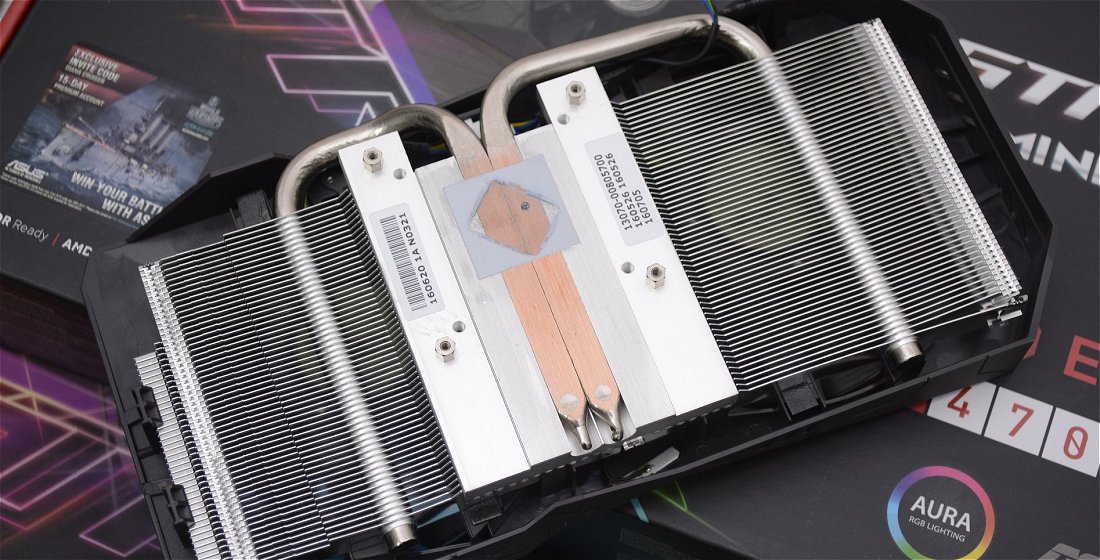Looking to swipe some market share away from Nvidia before the arrival of its GeForce GTX 1060, AMD launched the Radeon RX 480 at the end of June. Codenamed Polaris 10, the company's first fourth-generation GCN GPU appeared to have everyone rooting for it leading up to its release, and although we were largely satisfied with its 1080/1440p performance, the card wasn't without the odd hitch.
There was the whole power draw controversy that AMD initially denied before backpedaling and coming up with a prompt fix – good on them. Thankfully, those issues seem to be behind us, but even so they appear to have set the RX 480 a bit off course. Although it could be unrelated, more than a month has passed since launch and availability on the new Radeon is still poor with almost no board partner cards.
As expected Nvidia did follow up with its GTX 1060 weeks later and as of writing there are dozens of boards on offer from several manufacturers competing to get your dollars. So for now at least I can't imagine AMD is recovering much of that lost market share. I for one am desperate to get my hands on a 4GB RX 480 as I believe this will be the cost per frame king.
But hopefully today AMD can get back on track as it's set to release its second Polaris 10 part, the Radeon RX 470.
The RX 470 should be an exciting product for a few reasons. First, this is an affordable sub-$200 GPU within the reach of most gamers. Coming from the first Polaris 10 board, we expect this to be an extremely capable 1080p gamer while 1440p should also be playable. The RX 470 also only comes in a 4GB version, which I personally feel is the right choice here.
I was a bit letdown with the RX 480 after we were promised a $200 GPU and then ended up with a $240 GPU (for the 8GB model instead of 4GB). Granted $40 isn't a lot, but at this price point it simply isn't worth paying 20% more for double the memory when it won't yeild a single extra frame for gamers targeting 60fps. Don't try to tell me the 8GB model is more "futureproof" either, though I'll be happy to revisit the topic in a year's time.
Anyway, there's no need to argue over which RX 470 version you should buy, because there is just a single option and I feel it offers the most sensible memory capacity for a GPU of its caliber. With that said, let's move on to check out the RX 470 in greater detail...
Meet the Asus RX 470 Strix
Although you could say that this Polaris 10 model is a few cards short of a full deck, it's worth noting that the core configuration hasn't been cut down that much. We're only seeing an 11% reduction in SPUs and TMUs when compared to the fully fledged RX 480, while the ROP count remains at 32.
AMD has nerfed the base operating frequency, dropping it by 17% from 1120 MHz to 926 MHz. That said, there's just a 5% discrepancy in the boost clock frequency which has been reduced from 1266 MHz to 1206 MHz.
Connected to the GPU is 4GB of GDDR5 memory, though we should point out the AMD spec only calls for 1650MHz memory here, which provides a throughput of 6.6Gbps. In contrast the 4GB RX 480 comes with 7Gbps memory, while the 8GB version is armed with 8Gbps memory.
The same 256-bit wide memory bus is in use, though due to the slightly slower clocked GDDR5 memory the bandwidth has been decreased from 224GB/s for the 4GB RX 480 to 211GB/s, a 6% reduction.
When all's said and done the RX 470 is good for up to 4.9 TFLOPS of compute power when operating at the maximum boost frequency. In contrast the RX 480 is good for 5.8 TFLOPS, while Nvidia's GTX 1060 chucks out just 4.3 TFLOPS.
AMD has downgraded the Thermal Design Power (TDP) rating to 120 watts for the RX 470, that's a 20% reduction when compared to the RX 480. It is, however, the same TDP rating as the GTX 1060, so again a single 6-pin PCIe power connector has been used.
On hand for testing we don't have an AMD reference card, which is somewhat of a relief, instead the Asus RX 470 Strix card has been used. The Strix model does come factory overclocked, but since we have only tested with other reference or stock clocked graphics card we downclocked the Asus RX 470 to meet the AMD reference clock speeds.
For those wondering, the Strix comes factory overclocked to 1250MHz out of the box, but can be set to 1270MHz using the OC mode in the Asus GPU Tweak II software. The GDDR5 memory has been left at the standard 1650MHz (6600MHz data rate) frequency.
The card measures 242mm long and 129mm tall. The dual-slot DirectCU II cooler measures 42mm wide and Asus says it is 30% cooler and three times quieter than the AMD blower style reference cooler. They are targeting 60 degrees, which is considerably better than the 80+ degrees the RX 480 reference card operates at.
Like the RX 480 the 470 supports DirectX 12 along with OpenGL 4.5, OpenCL 2.0 and Vulkan 1.0. The Strix model also comes with two dual-link DVI ports, a single DisplayPort 1.4 output with HDR support and a HDMI 2.0 port supporting 4K @ 60Hz.







